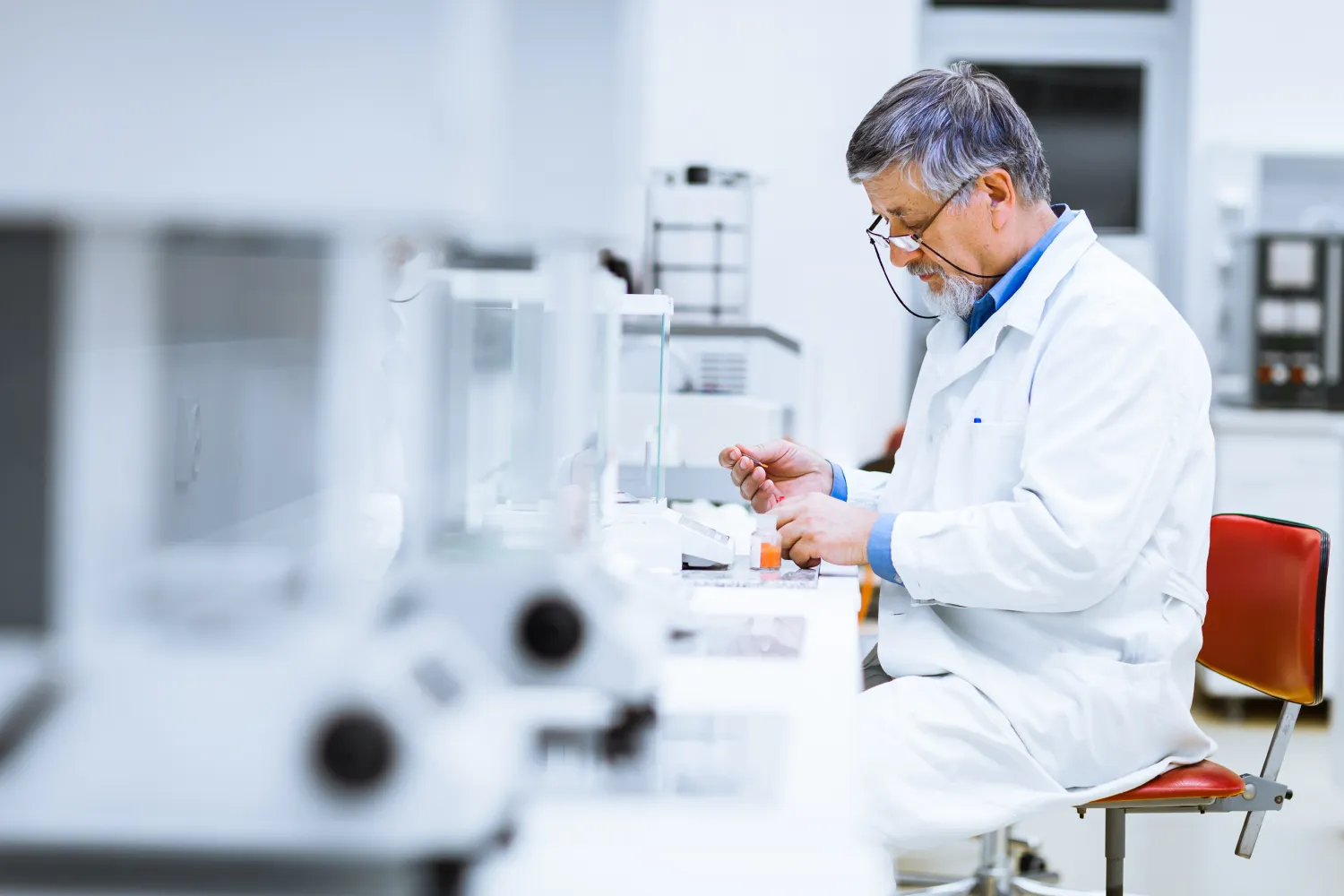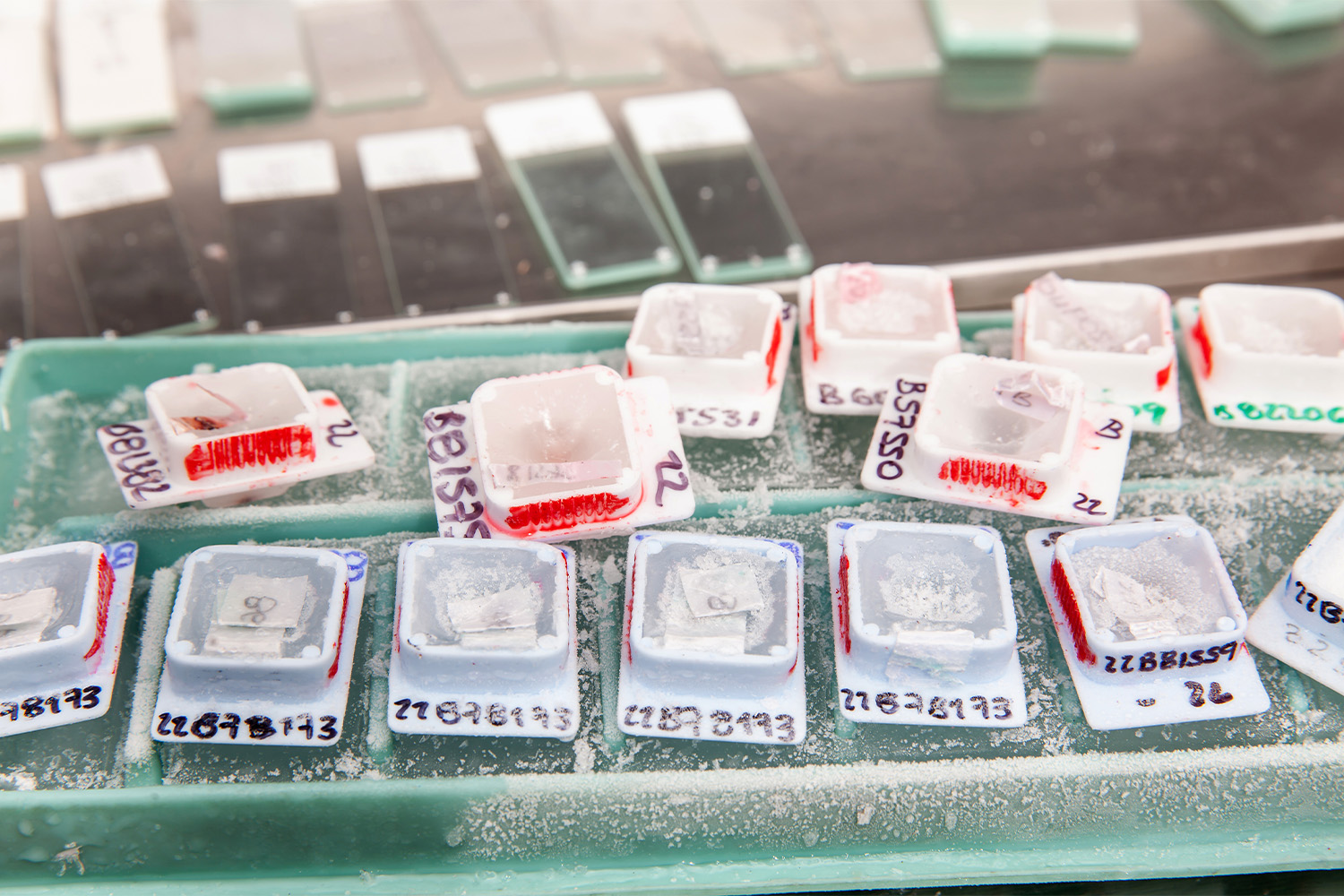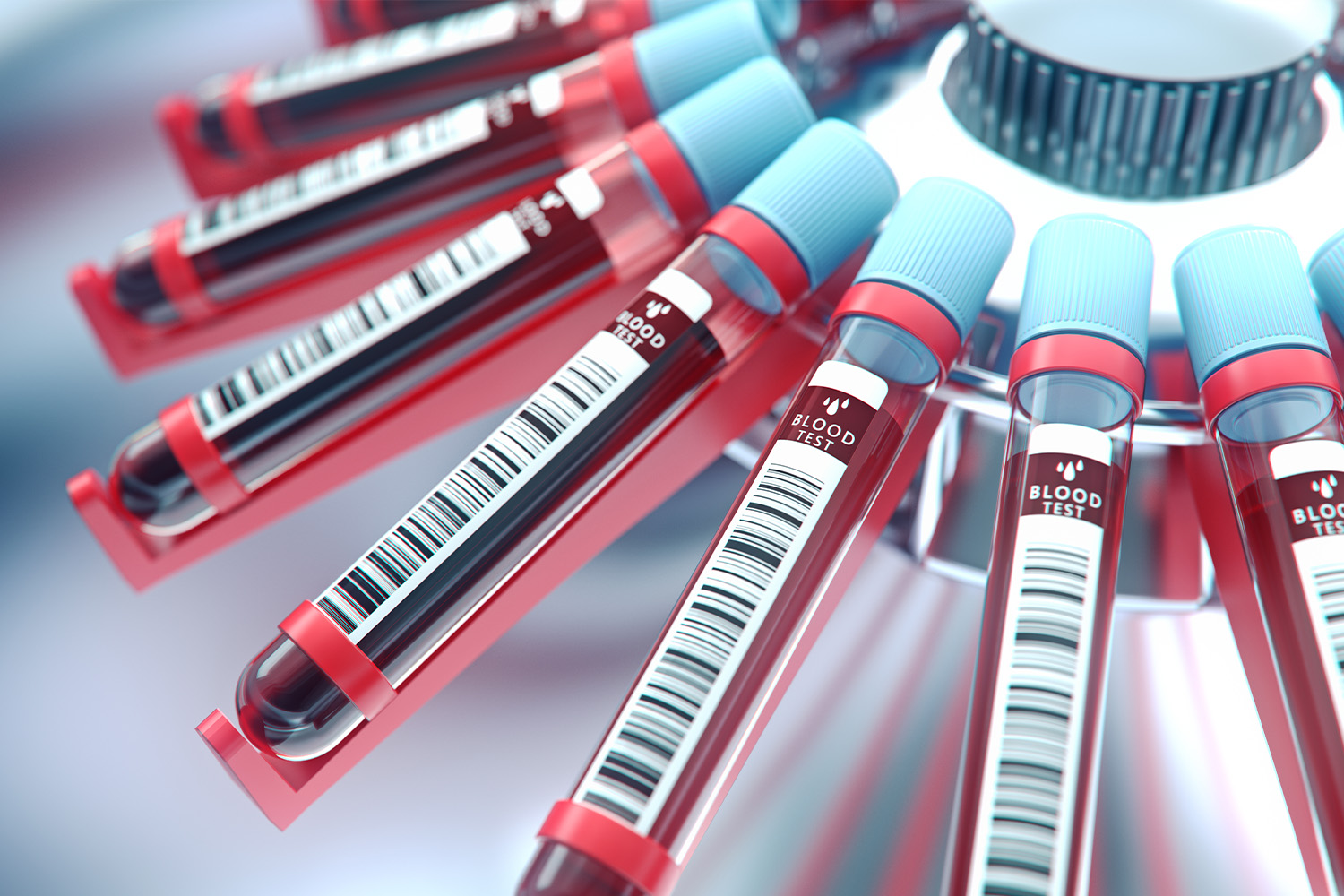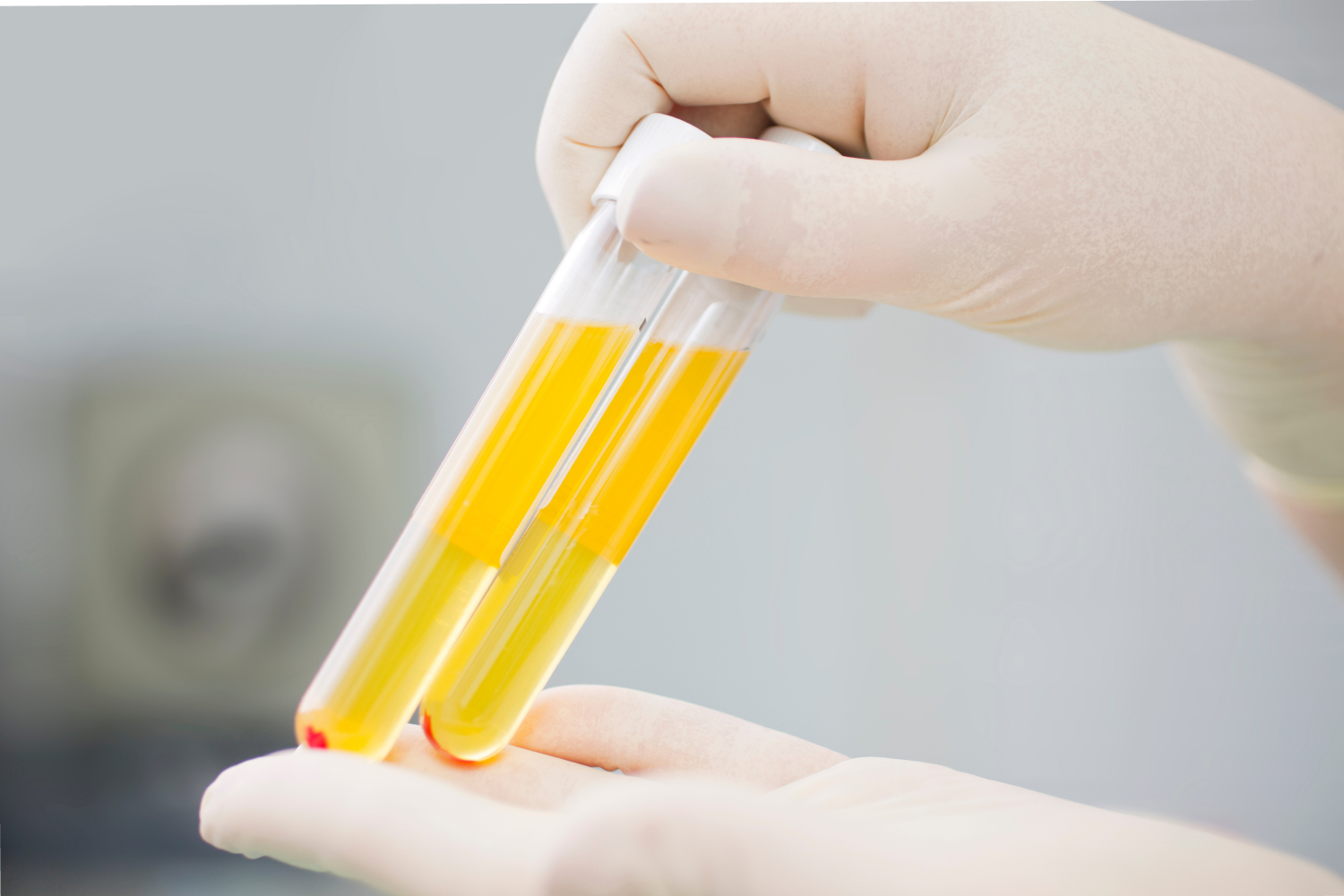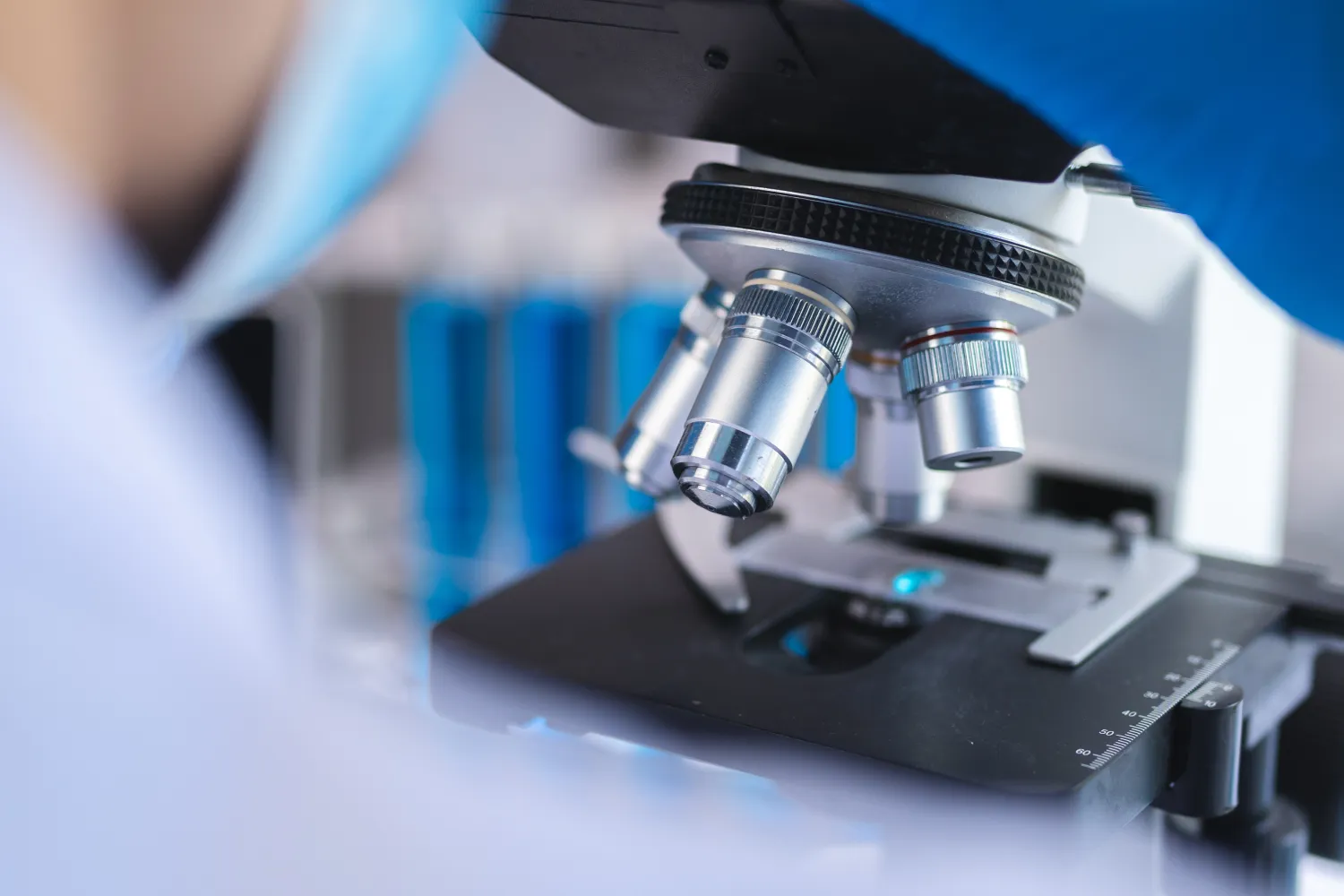Human samples for research have been critical for improving patient outcomes from infectious diseases.
These samples, also called human biological specimens or biospecimens, can be collected from a variety of sources, such as clinical remnant materials, banked samples, or prospectively collected ones. Researchers can use these samples to study infectious diseases, develop diagnostic guidelines, and revise or create treatment plans to enhance healthcare practices.
As the field of biomedical research continues to evolve, so does the regulatory landscape surrounding the use of human biospecimens.
Researchers need to adhere to strict ethical guidelines and obtain proper informed consent from donors to protect their rights and privacy. Additionally, there are established guidelines for storing and managing biosamples to preserve their integrity and facilitate their use in future studies.
Types of Human Samples for Infectious Disease Research
Human samples play an important role in infectious disease research and clinical trials. They can provide valuable insights into the understanding of infectious diseases and the development of new treatments. There are several types of human samples used in research, each with distinct characteristics and applications.
Blood samples are one of the most common types of human samples used in research. Blood contains various components, such as plasma, serum, and cells, which can be used to study the immune system response.
Blood samples may contain important information, such as viral load or the type of bacteria involved with the infection. They can also provide information about the immune system response, such as white blood cell counts.
Tissue samples consist of a small piece of tissue removed from the body, often during a biopsy or surgery. These samples can be valuable for studying the structure and function of specific organs, as well as for understanding the underlying cause of infectious diseases. Tissue samples can be collected from various organs, including the liver, kidneys, lungs, and heart.
Urine samples are another common type of human sample used in research. They can provide insights into the functioning of the kidneys and urinary system, and they can be used to study how infectious diseases may progress or monitor the effects of antimicrobial drugs.
Researchers may favor these samples for specific genitourinary tract infections. Urine samples can be obtained through simple, noninvasive collection methods.
Saliva samples can be used to analyze genetic material, hormones, and antibodies. They are a noninvasive and simple way to collect human samples for research purposes. Saliva can be collected using specialized swabs or containers, making it a convenient option for researchers.
In addition to the above types, there are other human samples that are also important for research.
These can include:
- Stool samples: potentially useful for studying gastrointestinal infections and the gut microbiome.
- Cerebrospinal fluid (CSF) samples: essential for research on neurological conditions and central nervous system infections.
- Skin samples: helpful in studying skin-related infections and disorders, such as cystitis and dermatitis.
Each type of human sample has its specific applications, and choosing the right type of sample is essential for accurate research outcomes. Researchers and companies working with human biological specimens must adhere to ethical guidelines and follow proper collection, storage, and handling protocols to ensure the quality and integrity of the samples.
Research Applications
Human sample collection and usage are vital for advancing scientific understanding and accelerating medical progress. Many biomedical research projects, as well as clinical trials, use human biological samples to study viral, bacterial, fungal, and parasitic disease mechanisms, identify potential biomarkers, and develop novel diagnostic tools and therapies.
As a provider of these samples, iProcess helps support these research endeavors to drive innovation in the field of infectious diseases.
Some of the key research applications for human biological samples when it comes to infectious diseases include the following.
Gene Expression Analysis
Researchers study the activity of genes in various tissues and cell types to understand the functional and regulatory roles they play during an infection. By comparing gene expression patterns between healthy and infected samples, researchers can identify potential therapeutic targets and biomarkers for diagnostic purposes.
Protein Profiling
Proteomics is the large-scale study of proteins, their structure, function, and interaction within cells. By analyzing the proteins present in human samples, scientists can gain insights into cellular processes, discover novel drug targets, and identify biomarkers that may be useful for the early detection of infectious diseases.
Pharmacogenomics
This field aims to understand how individual genetic variations affect drug responses. By investigating human samples, researchers can identify genetic factors that influence drug efficacy and safety, ultimately leading to the development of personalized medicine strategies.
Immune Profiling
Studying immune responses in human samples provides valuable insights into how the immune system functions during infection, tissue injury, and autoimmune disorders. These findings may contribute to the development of new immunotherapies and vaccines.
Regenerative Medicine
By examining stem cells and other regenerative cell types in human samples, scientists are able to better understand their properties, differentiation potential, and role in tissue repair. This knowledge is critical for the development of novel regenerative therapies and tissue engineering approaches that may be applied to patients with infectious diseases.
Sample Collection Methods
Human samples for research purposes can be obtained through various collection methods, depending on the type of biological material needed and the specific research goals. Specimens should be properly collected and handled to ensure accurate and reliable research findings.
Blood Collection: Blood samples are one of the most widely used human specimens in biomedical research. There are several methods for collecting blood samples, depending on the sample size and desired components. These methods include venipuncture, capillary blood collection, and apheresis.
Tissue Collection: Human tissue samples can be obtained from surgical procedures, biopsies, or post-mortem examinations. These samples are valuable in studying the cellular structure, gene expression, and protein content of a specific tissue. Some common methods for tissue collection include needle biopsy, core biopsy, excisional biopsy, and necropsy.
Fluid Collection: Non-blood body fluids, such as urine, saliva, cerebrospinal fluid, and synovial fluid, can be collected for research purposes. The collection method depends on the specific fluid and research needs:
- Urine Collection: Urine samples can be obtained through spontaneous voiding, clean-catch midstream samples, or catheterization. Urine is often used for diagnostic purposes, drug testing, or studying kidney function.
- Saliva Collection: Saliva samples can be collected using passive drool, special absorbent swabs, or by stimulating saliva production through chewing or the use of citric acid. Saliva is a rich source of biomarkers and can be used to assess things like oral health and drug metabolism.
- Cerebrospinal Fluid Collection: Cerebrospinal fluid (CSF) is typically collected through a lumbar puncture, also known as a spinal tap. CSF can provide valuable information about infections of the central nervous system, such as meningitis.
Storage and Preservation
Proper storage and preservation of human samples are crucial for maintaining sample integrity and ensuring accurate research results. To achieve this, various factors such as temperature, container type, and storage duration must be considered.
Storage temperatures have a significant impact on sample stability, and it is essential to select the appropriate temperature based on the specific type of human sample. For instance, some human samples, including plasma samples, can be stored at -80°C, which helps to minimize degradation and maintain long-term stability.
Containers used for sample storage also play a role in preserving sample quality. For example, plastic containers like polypropylene tubes may be more suitable for long-term storage, as they have low protein-binding properties and are resistant to temperature fluctuations. Additionally, airtight containers sealed with an O-ring or a similar device can provide increased protection.
The time for which samples are stored can also affect sample quality. Some human samples are more sensitive to degradation over time and need to be analyzed soon after collection, while other samples can be stored for extended periods without significant loss of quality. Determining the optimal storage duration for each sample type is essential for maintaining sample integrity.
Proper tracking and documentation of stored samples are equally important. A well-organized tracking system helps to avoid mislabeled, misplaced, or lost samples, and ensures that the samples can be easily retrieved when needed. Using barcodes or electronic tracking systems can significantly improve the efficiency and accuracy of sample management.
Legal Regulations and Compliance
When working with human samples for research, research organizations need to adhere to legal regulations and maintain compliance.
Research involving human samples is subject to various federal regulations, state laws, and institutional policies. These regulations help protect the safety and ethical treatment of research participants and the proper handling of biological specimens.
One of the key aspects of compliance is obtaining proper consent from subjects before collecting and analyzing their biospecimens.
Informed consent protects the autonomy of participants and grants them the ability to make decisions regarding the use of their samples. Consent forms should outline the purpose of the research and the specific uses for biospecimens, including potential future applications.
Research organizations must also comply with specific laws and regulations depending on the jurisdiction in which they operate.
For example, in the European Union, institutions working with human biological material must adhere to the General Data Protection Regulation (GDPR) for the processing of personal data. Researchers should maintain proper anonymization, storage, and data management practices.
To facilitate the compliant sharing and use of biospecimens, organizations should aim to establish robust agreements with sample suppliers. These agreements should address issues such as access, transfer, usage restrictions, and legal responsibilities.
Some key considerations to ensure compliance when working with human samples include:
- Obtain informed consent from subjects
- Adhere to federal, state, or regional legal requirements
- Respect data privacy by anonymizing samples
- Establish comprehensive agreements with sample suppliers
By taking a proactive approach to legal regulations and compliance, research organizations and companies can maintain trust with their subjects and contribute to the responsible and ethical progress of scientific research.
Biosamples at iProcess
At iProcess, we’re committed to providing high-quality human samples for research on infectious diseases. We work closely with research organizations and clinical trial facilities to ensure our samples are collected ethically and responsibly, following all necessary regulatory and institutional guidelines.
For more information on our available samples and how they can be used for your specific research needs, visit our website or contact our team of experts.
Sources:
Research Using Human Biological Specimens | IRB University of California San Francisco
Effects of Long-Term Storage at −80 °C on the Human Plasma Metabolome | PubMed
Legal & Ethical Compliance When Sharing Biospecimen | PubMed
